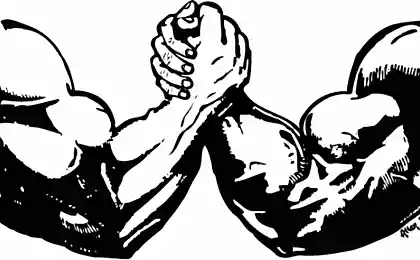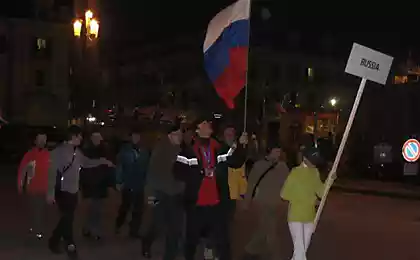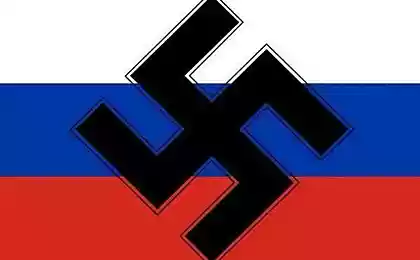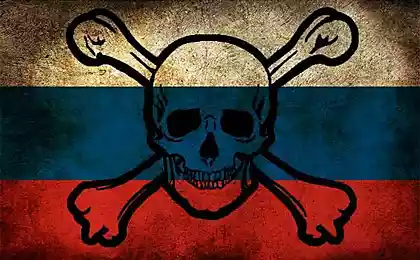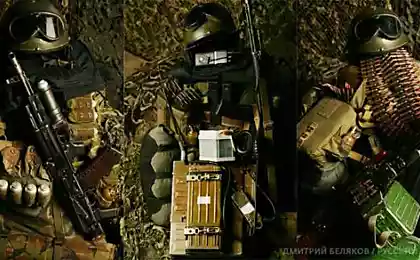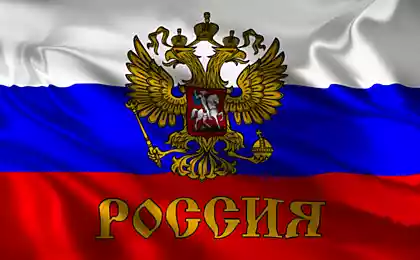683
Russia impoverished
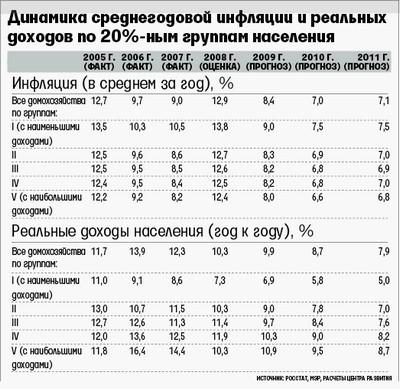
Since the beginning of the year, prices in the country increased by 9%, and for 12 months - 15%. The official forecast of the government and the Central Bank for the year - 9-10, 5%. However, for the life of the poor more expensive faster. For the poorest population particularly painful rise in price of products, said the director of the Department FBK Igor Nikolaev. After all, the minimum consumer basket, approved by Rosstat, 45-50% - food products.
During the first half of the minimum set of food went up by 20, 6%, and by the end of the year the price will rise by at least 30%, predicts Nikolaev (see. Chart on p. A1). The rapid rise of the cost of prodnabora began in 2007 (22, 3% for the year and in the first half of the year - 13, 1%). At the same time in 2003-2006. set of products rose in price by an average of 10% per year. In addition, paid services (primarily housing prices) went up by 18-20%. As a result, the lives of the poor will rise in price by 25% (December to December), calculated Nikolaev; headline inflation will be at least 14%.
For the poorest 20% of Russians living will rise in price by 13, 8%, while for the richest - 12, 4%, a much more optimistic forecasts Development Center, the average annual inflation rate will be 12, 9% (see. Table). In 2009, most of the poor do not rise in price will hit products, and the rising cost of tariffs, says Natalia Akindinova of the Development Center. Strengthening rublin and dynamics of prices for non-food products can contain inflation, and in the second half of the year may rise in price products more moderate, hopes Igor Polyakov of CMASF. He predicted that inflation for the poor will be 20-22%, and the total - 12, 5-13%.
Inflation contributes to the impoverishment of the population. Incomes of the poor have not kept pace with inflation, says Polyakov. According to the Center for Development, real income growth of the poorest in 2009-2011. are about a third lower than that of middle-income groups, and at least 1, 5 times lower than that of the rich.
For the first time in the 2000s. may increase the number of citizens with incomes below the subsistence level, warns Nikolaev: 18, 9 million people in 2007 to 20 million in 2008. In the subsequent increase in the threat of depletion rates will increase, says Akindinova. The growth of real incomes of the population will decline from 12-15% to 5-7%, predicts Nicholas.

